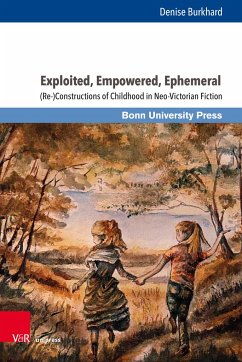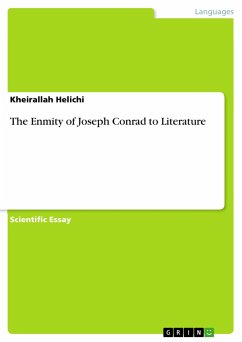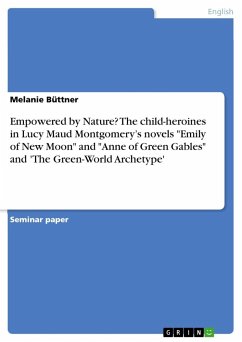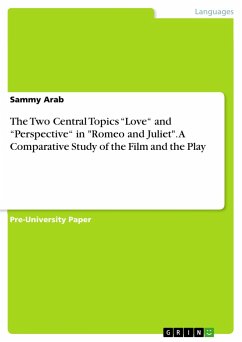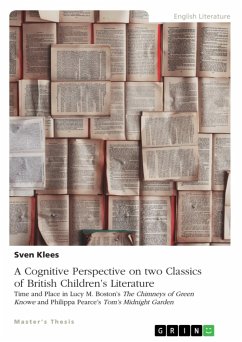
A Cognitive Perspective on two Classics of British Children's Literature
Time and Place in Lucy M. Boston's "The Chimneys of Green Knowe" and Philippa Pearce's "Tom's Midnight Garden"

PAYBACK Punkte
0 °P sammeln!
Master's Thesis from the year 2020 in the subject English Language and Literature Studies - Literature, University of Koblenz-Landau, language: English, abstract: This thesis examines the depiction of time and the settings in the two children's novels "The Chimneys of Green Knowe" by Lucy M. Boston and "Tom's Midnight Garden" by Philippa Pearce. A cognitive perspective of the two books is employed. The relationship between the real author and the readership is assumed to be dialogical; i.e. the meaning of a work is determined by both the author and the reader. Time structures the works follow ...
Master's Thesis from the year 2020 in the subject English Language and Literature Studies - Literature, University of Koblenz-Landau, language: English, abstract: This thesis examines the depiction of time and the settings in the two children's novels "The Chimneys of Green Knowe" by Lucy M. Boston and "Tom's Midnight Garden" by Philippa Pearce. A cognitive perspective of the two books is employed. The relationship between the real author and the readership is assumed to be dialogical; i.e. the meaning of a work is determined by both the author and the reader. Time structures the works follow are analyzed. A distinction is made between linear and mystical time and the consequences for the stories, for the protagonists and for the reader are emphasized. With reference to the socio-historical circumstances at the time the works were created, the significance of the mansions and their gardens as historical archives is analyzed. For the stories, these are an important place for oral transmission, without which it is difficult to make sense of the past. In the last part, the narrative structure of both works, namely the "story in the story", is used in order to be able to make statements about the textual strategies used, which can improve processing by the readership and achieve a higher level of reading motivation. Easier identification, sympathy, as well as pretend play are suggested as underlying strategies. The thesis closes with a change of perspective and takes a look at child readers' views.




